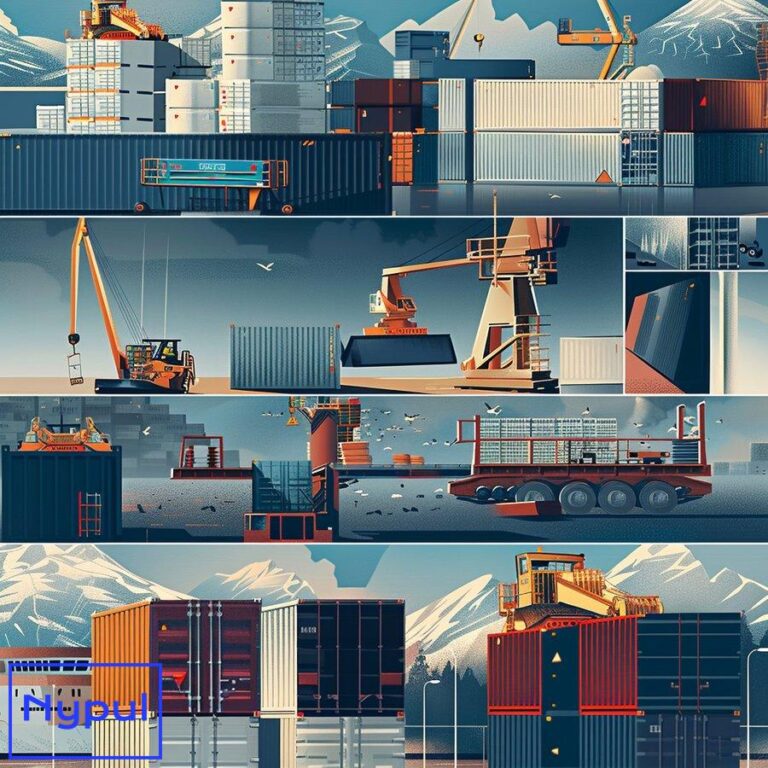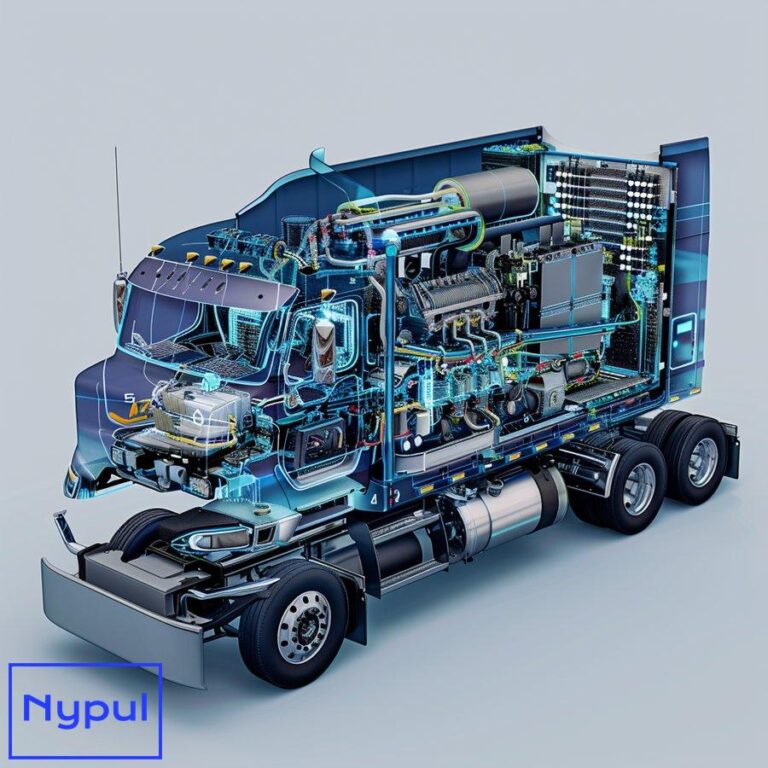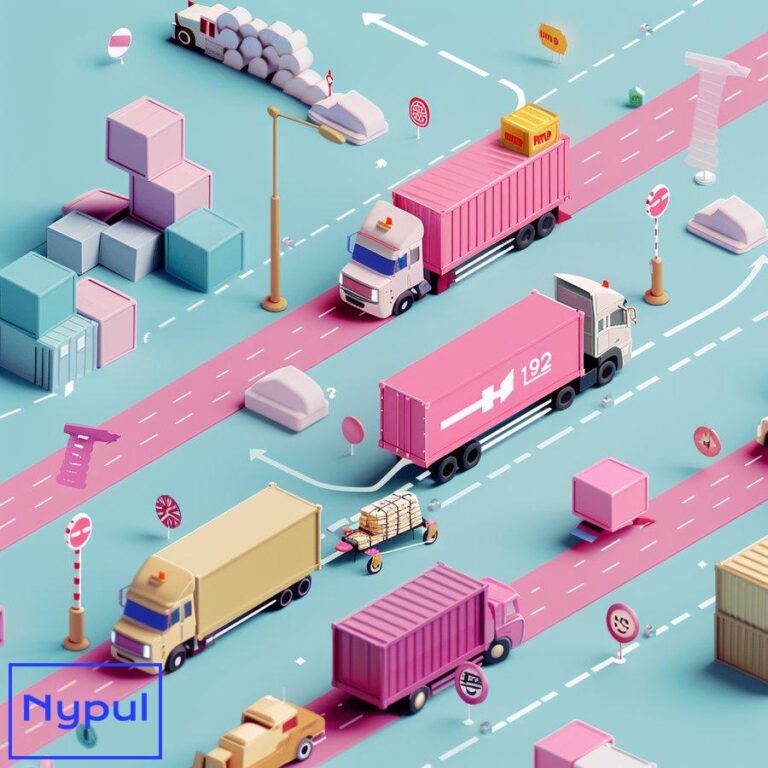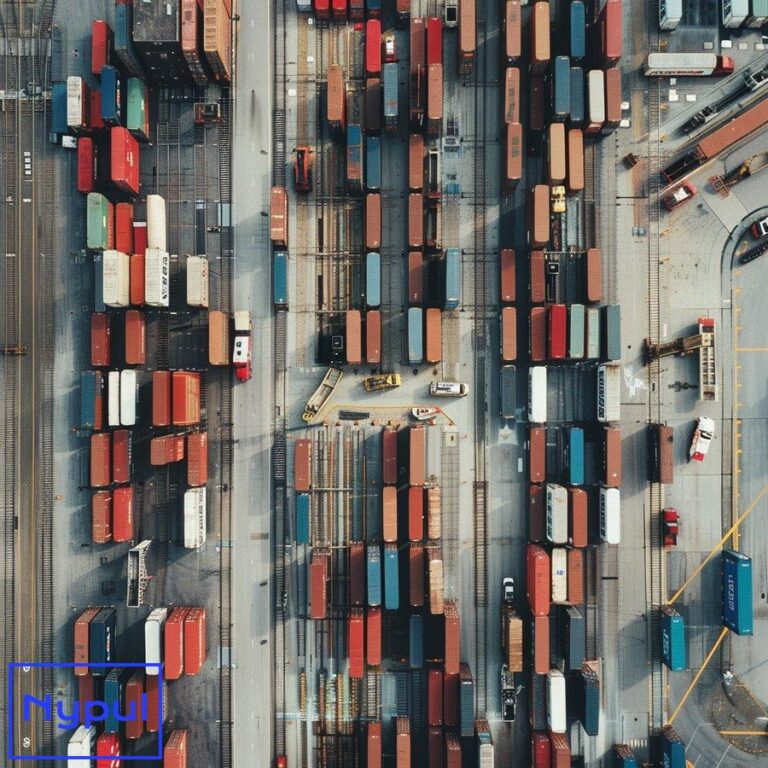What Does a Drayage Company Do
What is drayage and why is it important?
Drayage refers to the transportation of goods over a short distance, typically as part of a longer shipping process. This service is crucial in the logistics and supply chain industry, bridging the gap between larger transportation methods, such as ocean freight or rail, and the final delivery point. Drayage involves moving containers from ports, rail yards, or warehouses to their next destination, ensuring that goods are efficiently transferred and that supply chains remain uninterrupted.
The importance of drayage lies in its role in facilitating global trade. As international shipping continues to grow, the need for efficient drayage services becomes increasingly vital. Drayage companies help reduce shipping times, minimize costs, and improve inventory management. They play a significant role in ensuring that products reach consumers promptly, contributing to customer satisfaction and business success.

Semantic Triples
- Drayage: transportation of goods, short distance, part of shipping process.
- Importance: facilitates global trade, reduces shipping times, improves inventory management.
- Role: connects ports, rail yards, warehouses, final delivery points.
What types of services do drayage companies offer?
Drayage companies provide a variety of services tailored to meet the diverse needs of their clients. Understanding these services helps businesses select the right provider for their logistics requirements.
Types of Drayage Services
-
Port Drayage: This service involves transporting containers from ports to nearby warehouses or distribution centers. It is essential for businesses that rely on international shipping.


-
Intermodal Drayage: Intermodal drayage connects different modes of transportation, such as rail and truck. This service is beneficial for moving goods across long distances while optimizing costs.
-
Intra-Carrier Drayage: This service is provided by shipping lines or carriers, moving containers within their own facilities or between terminals.
-
Transloading Services: Transloading involves transferring cargo from one mode of transport to another, often at a distribution center. This service is critical for businesses that require flexibility in their shipping methods.
-
Last-Mile Delivery: Last-mile delivery focuses on transporting goods from a distribution center to the final destination, typically a retail location or consumer’s home.
Importance of Service Variety
The variety of services offered by drayage companies allows businesses to choose the most suitable options based on their specific logistics needs. This flexibility enhances supply chain efficiency and ensures timely delivery of goods.
How does the drayage process work from start to finish?
The drayage process involves several key steps that ensure the efficient movement of goods. Understanding this process is essential for businesses looking to optimize their logistics operations.
Step-by-Step Drayage Process
-
Container Pickup: The process begins with the drayage company picking up the container from the port or rail yard. This step requires coordination with shipping lines and terminal operators.

-
Transport to Destination: Once the container is picked up, it is transported to the designated location, such as a warehouse or distribution center. This stage involves route planning and scheduling to ensure timely delivery.
-
Unloading and Inspection: Upon arrival, the container is unloaded, and the cargo is inspected for any damage or discrepancies. This step is crucial for maintaining quality control.
-
Storage or Transloading: Depending on the client’s needs, the cargo may be stored in the warehouse or transferred to another mode of transport for further distribution.
-
Final Delivery: The last step involves delivering the goods to the final destination, completing the drayage process. This may include last-mile delivery services to ensure customer satisfaction.
Table: Drayage Process Overview
| Step | Description |
|---|---|
| Container Pickup | Picking up the container from the port or rail yard. |
| Transport to Destination | Moving the container to the designated location. |
| Unloading and Inspection | Unloading cargo and inspecting for damage. |
| Storage or Transloading | Storing cargo or transferring to another transport mode. |
| Final Delivery | Delivering goods to the final destination. |
What equipment and resources do drayage companies use?
Drayage companies rely on specialized equipment and resources to facilitate the efficient movement of goods. Understanding these tools is vital for appreciating the logistics involved in drayage operations.
Essential Equipment
-
Trucks: Drayage companies primarily use trucks for transporting containers. These vehicles are equipped to handle various container sizes and types.
-
Chassis: A chassis is a wheeled frame that supports a shipping container during transport. It is essential for securing containers to trucks.
-
Forklifts: Forklifts are used for loading and unloading containers at warehouses and distribution centers. They enable efficient handling of heavy cargo.
-
Cranes: Cranes are often employed at ports and rail yards for lifting containers onto and off trucks. They are essential for facilitating quick transfers.
Resources and Technology
In addition to physical equipment, drayage companies utilize various resources and technology to enhance their operations:
-
Logistics Software: Advanced logistics software helps companies manage scheduling, route planning, and inventory tracking, improving overall efficiency.
-
GPS and Tracking Systems: These systems allow companies to monitor the location of their trucks and containers in real-time, ensuring timely deliveries and improved communication with clients.
-
Warehousing Facilities: Many drayage companies operate their own warehouses, providing storage solutions for clients and facilitating transloading services.
What are the key responsibilities of a drayage company?
Drayage companies have several key responsibilities that ensure the smooth operation of logistics and supply chain processes. Understanding these responsibilities helps businesses appreciate the value of drayage services.
Core Responsibilities
-
Container Management: Drayage companies are responsible for managing the pickup, transport, and delivery of containers. This includes coordinating with shipping lines and terminal operators.
-
Compliance and Documentation: Ensuring compliance with local, state, and federal regulations is essential. Drayage companies handle the necessary documentation, including bills of lading and customs paperwork.
-
Cargo Handling: Proper handling of cargo is crucial to prevent damage during transport. Drayage companies must ensure that goods are loaded, unloaded, and stored safely.
-
Communication and Coordination: Effective communication with clients, shipping lines, and other stakeholders is vital for successful operations. Drayage companies must coordinate schedules and provide updates on shipment status.
-
Problem-Solving: Challenges can arise during the drayage process, such as delays or equipment issues. Drayage companies must be prepared to address these problems promptly to maintain service quality.
Importance of Responsibilities
The responsibilities of drayage companies are integral to the overall success of logistics operations. By fulfilling these duties, they help businesses streamline their supply chains and enhance customer satisfaction.
How do drayage companies overcome common industry challenges?
The drayage industry faces various challenges that can impact operations and service quality. Understanding how drayage companies address these challenges is essential for businesses seeking reliable logistics partners.
Common Challenges
-
Traffic Congestion: Urban areas often experience heavy traffic, leading to delays in delivery times. Drayage companies must develop strategies to navigate congested routes effectively.
-
Regulatory Compliance: The logistics industry is subject to numerous regulations, which can change frequently. Drayage companies must stay informed and ensure compliance to avoid fines and disruptions.
-
Equipment Availability: Availability of trucks and chassis can be limited, especially during peak shipping seasons. Drayage companies must manage their resources efficiently to meet demand.
-
Labor Shortages: The logistics sector often faces labor shortages, making it challenging to find qualified drivers and staff. Drayage companies must invest in training and retention strategies to address this issue.
Strategies for Overcoming Challenges
-
Route Optimization: Utilizing advanced software for route planning can help drayage companies minimize delays caused by traffic congestion.
-
Regulatory Training: Providing ongoing training for employees on regulatory compliance ensures that drayage companies remain informed and compliant with industry standards.
-
Resource Management: Effective resource management, including maintaining a fleet of trucks and chassis, helps drayage companies meet demand during peak seasons.
-
Attracting Talent: Developing competitive compensation packages and offering training programs can help drayage companies attract and retain qualified staff.
What role does technology play in modern drayage operations?

Technology has become an integral part of modern drayage operations, enhancing efficiency and improving service quality. Understanding the role of technology in this industry is essential for businesses seeking to optimize their logistics processes.

Technological Advancements
-
Transportation Management Systems (TMS): TMS software helps drayage companies manage their operations, including scheduling, route planning, and tracking shipments. This technology streamlines processes and improves visibility.
-
Telematics: Telematics systems provide real-time data on vehicle location, fuel consumption, and driver behavior. This information helps companies optimize their fleets and reduce operational costs.
-
Automated Scheduling: Automation tools can streamline scheduling processes, reducing the time spent on manual tasks and improving overall efficiency.
-
Blockchain Technology: Blockchain can enhance transparency and security in the supply chain by providing a tamper-proof record of transactions. This technology is gaining traction in the logistics industry.
Benefits of Technology in Drayage
-
Increased Efficiency: Technology improves operational efficiency by automating tasks and providing real-time data for decision-making.
-
Enhanced Visibility: Real-time tracking systems allow businesses to monitor shipments, improving communication and transparency with clients.
-
Cost Reduction: By optimizing routes and improving resource management, technology can help drayage companies reduce operational costs.
-
Improved Customer Service: Enhanced visibility and communication lead to better customer service, as clients can receive timely updates on their shipments.
How to choose the right drayage company for your needs?

Selecting the right drayage company is crucial for ensuring efficient logistics operations. Businesses should consider several factors when making this decision to find a provider that meets their specific needs.

Factors to Consider
-
Experience and Reputation: Researching the experience and reputation of potential drayage companies can provide insights into their reliability and service quality. Look for companies with a proven track record in the industry.
-
Service Offerings: Consider the range of services offered by the drayage company. Ensure that they provide the specific services you require, such as port drayage, intermodal drayage, or last-mile delivery.
-
Technology Utilization: Evaluate the technology used by the drayage company. Companies that leverage advanced logistics software and tracking systems are more likely to provide efficient and transparent services.
-
Pricing Structure: Request quotes from multiple drayage companies and compare their pricing structures. Ensure that the costs align with your budget while considering the quality of service provided.
-
Customer Support: Assess the level of customer support offered by the drayage company. A responsive and knowledgeable support team can greatly enhance your logistics experience.
Conclusion
Choosing the right drayage company involves careful consideration of various factors, including experience, service offerings, technology, pricing, and customer support. By conducting thorough research and evaluating potential providers, businesses can select a drayage partner that aligns with their logistics needs and contributes to their overall success.
In conclusion, drayage companies play a vital role in the logistics and supply chain industry, facilitating the efficient movement of goods over short distances. Understanding the services they offer, the drayage process, and the challenges they face can help businesses make informed decisions when selecting a logistics partner. With the right drayage company, businesses can enhance their supply chain efficiency, improve customer satisfaction, and achieve their operational goals.






